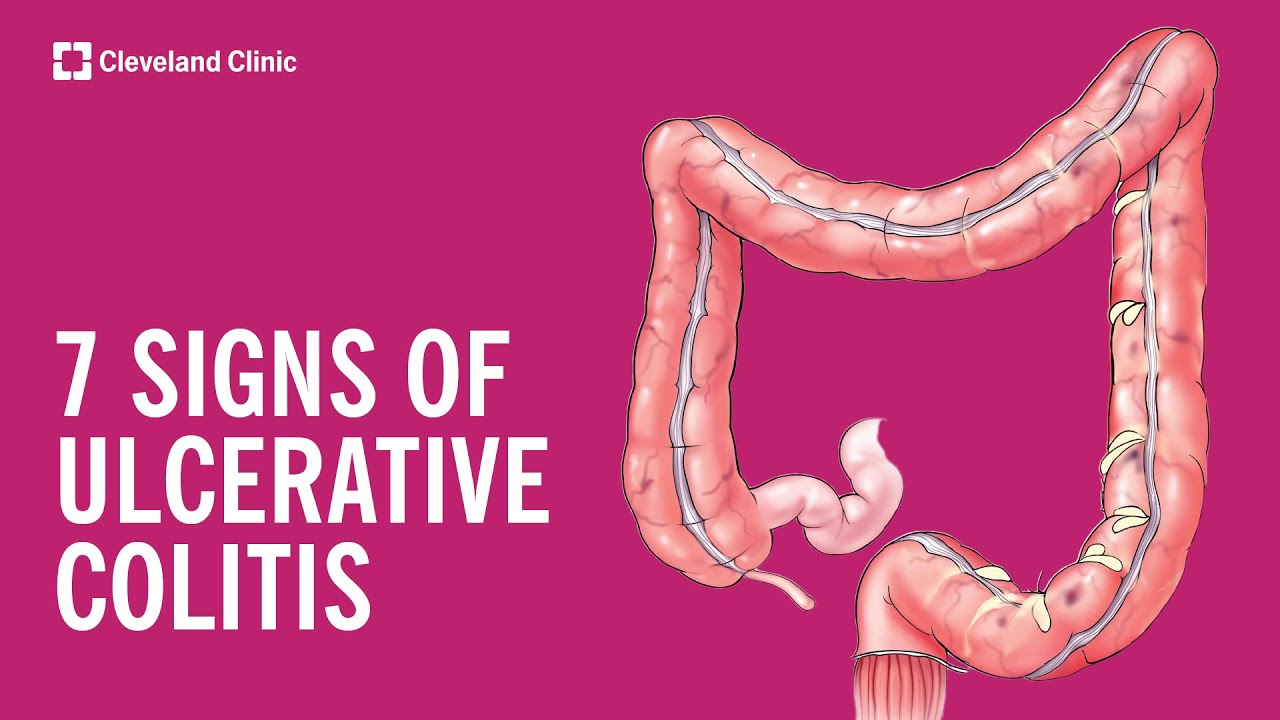The Gastroenterology Channel
NEW YORK (Reuters Health) – In a phase 2 study of maintenance therapy for metastatic colorectal cancer, adding enzastaurin to bevacizumab plus bolus and infusional 5-fluorouracil-leucovorin (LV5FU2) did not delay progression of metastatic colorectal cancer (CRC) in patients who responded to first-line therapy.
Based on these negative results “further development of maintenance therapy with enzastaurin plus LV5FU2 and bevacizumab cannot be recommended for metastatic CRC,” the researchers conclude.
Synergistic antitumor effects and acceptable tolerability were seen in preclinical and phase 1 studies when enzastaurin, an oral serine/threonine kinase inhibitor, and bevacizumab, an anti-angiogenic monoclonal antibody, were combined, the study team notes in a report online in the journal Cancer.
The current study enrolled patients with locally advanced or metastatic CRC and stable or responding disease after six cycles of first-line chemotherapy with standard bi-weekly regimens of FOLFOX (5FU/leucovorin/oxaliplatin) or FOLFIRI (5FU/leucovorin/irinotecan) plus bevacizumab.
The patients were randomly allocated to receive maintenance therapy of either enzastaurin plus LV5FU2 and bevacizumab (enzastaurin arm, n = 57) or placebo plus LV5FU2 (placebo arm, n = 58). The median number of cycles received was 9 in the enzastaurin arm and 10 in the placebo arm.
After 73 episodes of progressive disease (39 in the enzastaurin arm and 34 in the placebo arm), enrollment was stopped, the study results were unblinded, and the final analysis was conducted.
Dr. Robert A. Wolff, from MD Anderson Cancer Center, Houston, Texas and colleagues report the median progression-free survival (PFS) from randomization was 5.8 months in the enzastaurin arm versus 8.1 months in the placebo arm (hazard ratio,1.35). The median PFS from the start of first-line therapy was 8.9 months in the enzastaurin arm and 11.3 months in the placebo arm (hazard ratio, 1.39).
Significantly more patients in the enzastaurin arm than the placebo arm developed thrombosis or embolism (15.8% vs 1.7%, P = 0.008). One patient in the enzastaurin arm died during the study because of possibly drug-related arrhythmia.
At this point, the reasons for the poor PFS in the enzastaurin arm relative to the placebo arm are unclear, the researchers say.
Despite these negative findings, they say maintenance therapy with other compounds in metastatic CRC is “feasible and deserves further study as a means to prolong PFS, decrease toxicity, and ultimately improve survival and enhance quality of life.”
“Additional trials on the optimal duration of chemotherapy plus targeted agents are ongoing, such as OPTIMOX3 (capecitabine or 5-fluorouracil with oxaliplatin plus bevacizumab followed by bevacizumab and erlotinib) and CAIRO3 (oxaliplatin, capecitabine, and bevacizumab followed by bevacizumab plus capecitabine or observation),” they point out.
“The outcome of these ongoing trials may provide guidance on the future direction for the study of maintenance therapy in CRC treatment,” they note.
The current study was funded by Eli Lilly and Company. The authors disclosed no conflicts of interest.
SOURCE:
A double-blind, randomized, placebo-controlled, phase 2 study of maintenance enzastaurin with 5-fluorouracil/leucovorin plus bevacizumab after first-line therapy for metastatic colorectal cancer
Cancer. 2011. Published online December 27, 2011.







